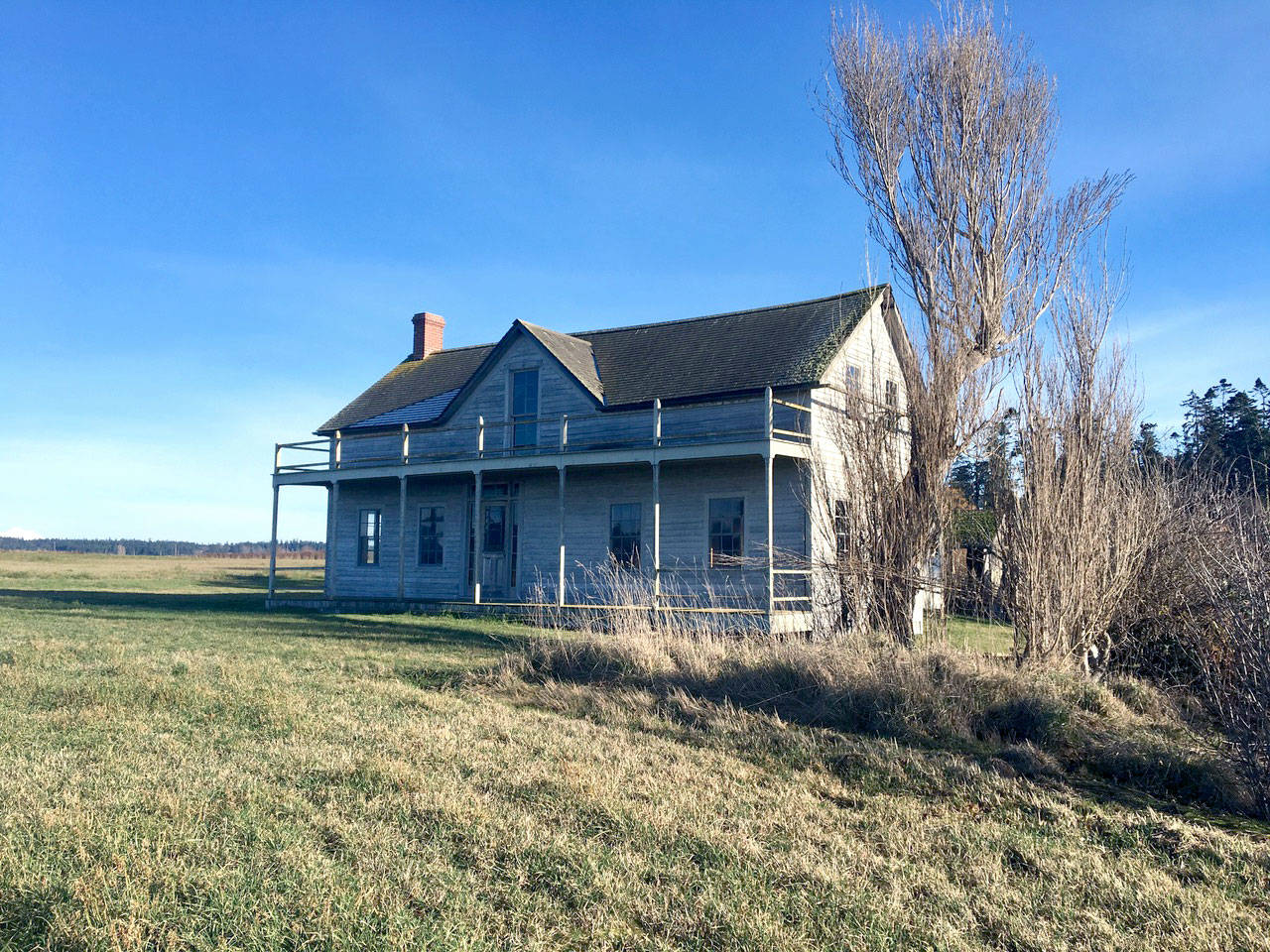WHIDBEY ISLAND — The U.S. Navy has canceled talks about how to mitigate adverse effects of increased EA-18G Growler operations at Naval Air Station Whidbey Island on historic sites after the parties were unable to reach an agreement.
The Navy had invited the public to comment on a draft memorandum of agreement that addressed the effects of increased Growler Operations. That draft was released before an agreement had been reached.
Federal law requires agencies to consider the detrimental effects aircraft noise may have on historic properties and take steps to avoid or mitigate it. The decision made last Friday terminates the consultation on the effect of noise on the Ebey’s Landing National Historic Reserve, an option provided under Section 106 of the National Historic Preservation Act.
Port Townsend was not invited to participate in the negotiations. Kendall Campbell, Naval Air Station Whidbey Island’s cultural resource manager, said that although Port Townsend’s historic district is impacted, it is not at a high enough level to reach the standards for mitigation.
“Port Townsend would not experience any effects that could harm what makes those properties and their characteristics eligible for listing on the National Historic Register,” Campbell said.
Campbell said the methodology used base measurements at a site not just for one event, but cumulatively, over a period of a year.
Mayor Deborah Stinson said the Navy’s noise measurements and impact are not showing the full picture.
“It’s what we contested,” Stinson said. “It isn’t an accurate measurement for our area. It’s what’s used in cities around Seattle. Our complaint is that the methodology is inappropriate. If it were a true measurement, there would be mitigation for Port Townsend.
“Instead of averaging over a year, there must be a more accurate way,” she said. “We can always ask.”
The Navy has agreed that there are “indirect adverse effects” to historic properties in the central Whidbey Island district resulting from more frequent aircraft operations under the “preferred alternative plan” that will add 36 Growlers to operations at Outlying Field (OLF) in Coupeville, which translates into a total of 24,000 takeoffs and landings annually.
However, Navy negotiations with the federal Advisory Council on Historic Preservation, the Washington State Department of Historic Preservation, government officials on Whidbey Island, stakeholders, and citizen groups did not result in an agreement.
“After careful consideration, the Navy determined that further consultation under Section 106 will not be productive,” said the Navy in a news release. “The 106 process is about historic preservation and does not address other possible impacts to the community.”
Campbell said the conversations will continue, but not under Section 106.
“This decision does not mean that we are concluding our negotiations,” she said. “We will continue to work with those involved and affected, and we are committed to seeing some solutions.”
The Navy initially offered $500,000 and eventually offered $1 million to be used for soundproofing some of the historic homes occupied by island residents and stabilizing some historic buildings. Several hundred buildings lie within the Ebey’s Landing district.
The offer was rejected.
Campbell said there are a lot of emotions around this issue and she felt they “overshadowed a desire for a resolution for historic properties.”
“We have fiscal constraints that guide how much money we could offer and that was something that led to confusion. Many in the consulting parties didn’t understand.”
“There is a fundamental difference between what the Navy can do under fiscal law with guidance from the National Historic Preservation, and what the community thought we could offer,” she said.
Said Campbell: “It’s the noise and vibrations from an aircraft, as well as other things, that can have an adverse effect on historic structures and properties.
“The noise is rated at less than 65 decibels (Db) on an average at the historic properties on the flight line.”
Roy Zipp, operations manager for Ebey’s Landing National Historic Reserve, said the Navy is using a standard practice to create a map of noise and that it isn’t relevant.
“They are interested in noise that is greater than the 65 dB level. They’ve taken the OLF map of noise and superimposed it onto the reserve. When they talk about 65 dB day/ night averages, that isn’t a true reflection of what’s happening.
“It’s 117 dB when that aircraft flies overhead,” he said. “Their standard planning tools don’t lend themselves to this analysis. The activity is intermittent but the noise is extreme.”
Zipp said that noise is a complex science.
“Similar decibel levels at different frequencies can create more vibrations and have structural impacts that can cause harm.”
“The issue is not just that overflights are harming resources here, it’s that the preserve is a rural, bucolic area. That is a reasonable expectation. The challenge is when Growlers flying over an area steeped in history are producing noise by 21st century machines. Those impacts are real.”
The Navy has 45 days to review and respond to the report. It is unclear what projects it plans to fund to comply with the federal Historic Preservation Act.
________
Jefferson County Editor/Reporter Jeannie McMacken can be reached at 360-385-2335 or at jmcmacken@peninsuladailynews.com.
Reporter Jesse Major contributed to this story.

